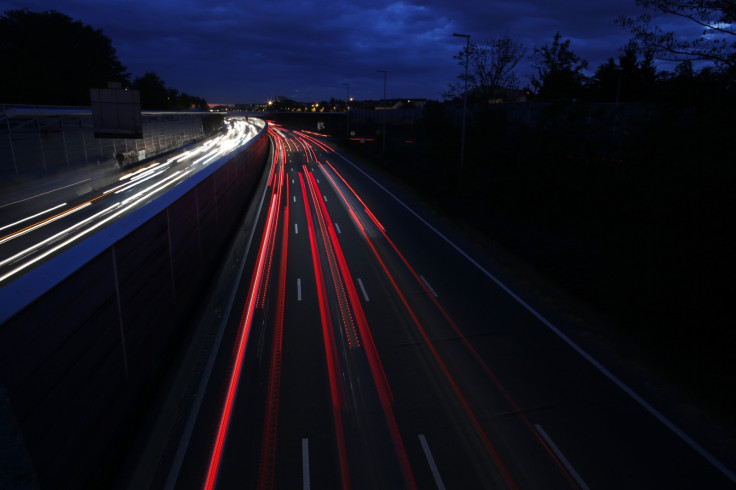Talking traffic lights of the future will alert drivers of road hazards

Traffic lights in Newcastle are now talking to vehicles to ensure their drivers never see a red light.
In a pioneering new scheme, 20 traffic lights in the city are being fitted with units that send messages to cars' communications systems to let drivers know what speed to travel at so they will always arrive at a green light, helping to cut congestion and increase fuel efficiency.
The lights can also manage traffic to ensure emergency service vehicles are given priority at junctions, cutting 999 response times and saving lives.
Newcastle University is testing the scheme in collaboration with Newcastle City Council, Siemens and the NEAS (North East Ambulance Service).
"Traffic management systems are already in place across the city to improve traffic flow, but what's unique about this trial is that we will be giving personalised information directly to the driver," Phil Blythe, professor of intelligent transport systems at Newcastle University told the Times.
"For example, the system might advise a driver that if they travel at 24mph they will get the next four sets of traffic lights on green. In more congested areas or particularly busy times of the day, then vehicles on key roads might be given priority to keep the traffic flowing."
So far, 20 traffic lights have been equipped with the pioneering gadget, and 14 vehicles have been fitted with devices to receive information from them.
Driverless road trains
Another plan is to adapt the traffic light system for driverless road trains. The scheme would enable one driver to lead a convoy of trucks, moving freight at night.
"The aim of the pilot scheme is to show that it could work – that giving priority and personalised information to drivers can have a significant impact on how we drive and the conditions on our roads," said Ray King, manager of Newcastle's urban traffic management control centre.
In this new driving environment, cars will talk to other cars, in what is known as vehicle-to-vehicle (V2V) communication, and they will interact with intelligent infrastructure, such as traffic signals and message boards, using vehicle-to-infrastructure (V2I) communication technology.
These systems are based on consumer WiFi, which is used to connect laptops and smartphones to a network.
Equipped with this new technology, drivers can be alerted if cars further in front are hitting their brakes, or if there is a big truck around the next bend. It will even allow the vehicle to "see" around blind intersections or through large vehicles.
One of the systems in development is Volvo's SARTRE project.
© Copyright IBTimes 2024. All rights reserved.






